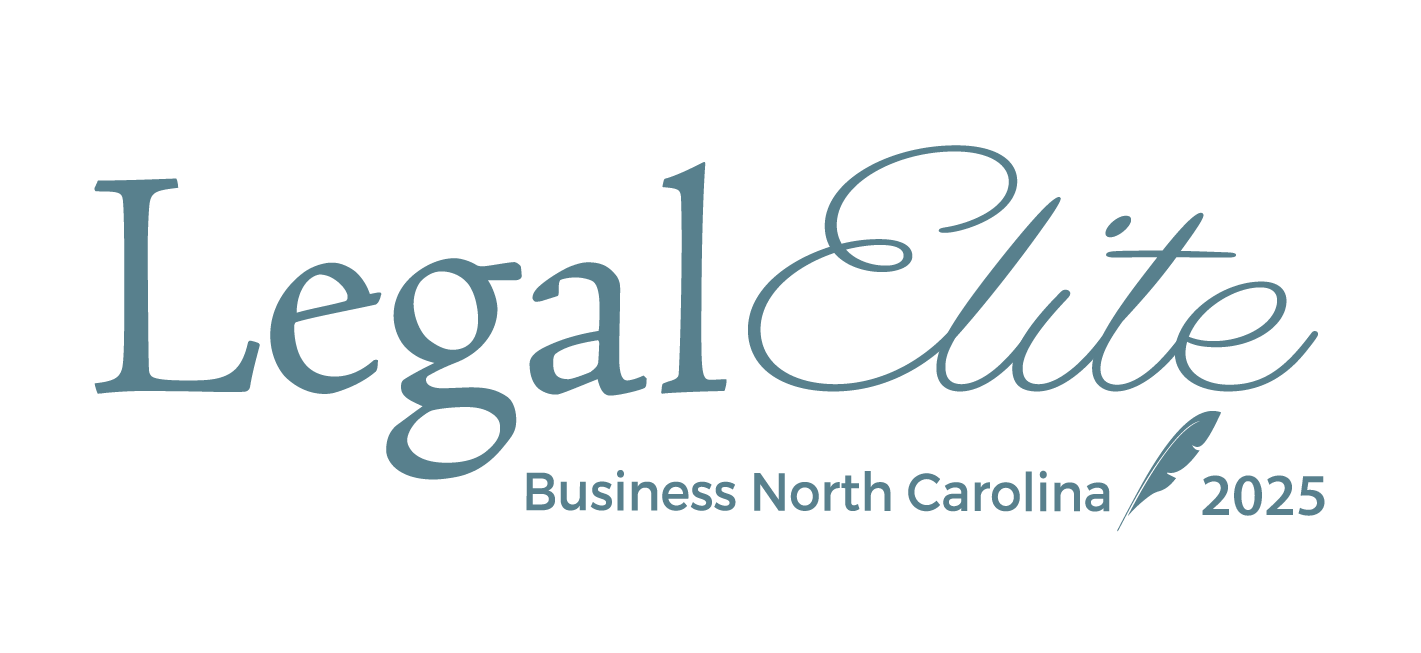To help construction industry professionals expand their service offerings and gain a competitive advantage, Ward and Smith invited Stahler McKinney of FMI Consulting to share his ideas at the 2025 Construction Conference.
 McKinney is a principal in FMI’s strategy practice with expertise in guiding construction industry clients through complex strategic decisions by providing them with the resources they need to make informed, data-driven decisions.
McKinney is a principal in FMI’s strategy practice with expertise in guiding construction industry clients through complex strategic decisions by providing them with the resources they need to make informed, data-driven decisions.
The presentation featured proven strategies for entering new geographic markets and industry sectors, an analysis of current market conditions and economic forecasts, how to evaluate the best way to grow, and common mistakes associated with business expansion.
When the news hits about a certain market experiencing an economic boom, it is not uncommon for McKinney to field questions from clients wanting to access that market. “People often underestimate the challenges that come from moving into a new market,” said McKinney. “It’s important to understand that what makes you successful in one area may not work in a new market.”
Calculated Bets
Understanding the risks and researching the target market are essential for long-term success. To help clients diversify and adapt to future economic factors, McKinney analyzes market dynamics through the lens of near-term planning (three to five years), positioning (five to 10 years), and preparing for the long-term (10 to 15 years).
“In the near term, it’s critical to respond and adapt to the demand that’s coming. The medium term is all about positioning your business for future contracts by diversifying your services and selecting the right market for expansion, while the long-term entails predicting fundamental changes,” noted McKinney.
Construction industry spending in the broader national economy is expected to either flatten or contract in the near term. Further, because of the rise of material costs and increasing labor costs, the value of the dollar in construction spending is likely to deteriorate.
“If you want to grow your business, you’re going to have to compete for those dollars and take share,” advised McKinney. “To access a new market, you’ll have to carve out your own space in those markets, figure out what sets you apart and differentiate yourself for success over the long term.”
In North Carolina, residential construction spending is expected to increase significantly over the next few years, as demand is unlikely to abate. “Multifamily has decreased somewhat, but we feel that is a near-term issue due to interest rate pressures,” added McKinney.
Commercial, industrial, civil, and institutional sectors are likely to see flat or modest growth over the next five years.
Bulls and Bears
However, drilling deeper into the various segments comprising each sector allows for a more nuanced view. “Bull and bear markets coexist at all times,” noted McKinney. “Your perspective in terms of how busy you are will vary significantly based on the segments where you do business.”
Data centers, for example, fall into the office category. Over the next five years, spending in this area is projected to increase by five percent on an annualized basis.
“There were 15 times as many data center constructions last year in North Carolina compared to 10 years ago,” added McKinney. “This is revolutionizing the demand for construction services.”
Spending from the lodging, power, transportation, and education sectors is expected to increase. Areas expected to decrease include religious, public safety, and manufacturing.
The top five metropolitan areas projected for growth include Raleigh/Durham/Chapel Hill, Charlotte, Greensboro, Wilmington, and New Bern. The metropolitan areas with the slowest growth projections over the next five years include Winston-Salem, Hickory/Lenoir/Morganton, Burlington, and Fayetteville.
Expansion Strategies
There are three core strategies for construction industry professionals to diversify their services. Many contractors start by adding services. An example could include a mechanical contractor expanding into electrical services while continuing to work in the same area.
Expanding into a new sector is another way to diversify. This could include extending service offerings from K-12 to higher education.
Searching for growth through geographic diversification presents the largest number of challenges. It is also among the most common goals for McKinney’s clients, who often reach out after hearing about a burgeoning market.
“It is certainly understandable to want to tap into a growing market,” said McKinney, “but there are some common mistakes that can get you into trouble, and you need to assess what your motivations are before moving forward.”
Know your Why
 Though it may sound simplistic, it is critical to understand the reasons for opening a new location before moving forward. To be successful, business owners should be cautious and ask themselves several key questions before diving in.
Though it may sound simplistic, it is critical to understand the reasons for opening a new location before moving forward. To be successful, business owners should be cautious and ask themselves several key questions before diving in.
Understanding whether demand supports the expansion is an essential first step. This could include researching which businesses to serve, along with determining how much investment capital will be required for equipment, overhead, and employees.
Figuring out how to create a competitive advantage in a given market is vital. “We like to say there is no such thing as an underserved market. There’s always going to be people who are already entrenched, so you really have to consider how you will differentiate yourself from the competition,” noted McKinney.
Risk will always be an issue with expansions, but research can help to mitigate those risks. Acquisitions can be an effective means of achieving growth, however, leaders need to consider if the purchase will add value to the organization.
Leaders should also consider the time and effort involved with expanding or acquiring a company, as this is a factor that is often overlooked. McKinney shared several other insights into how to think about staffing new locations, accessing the feasibility of expansion, and how to evaluate your current brand in the market.
Reach out to stahler.mckinney@fmicorp.com if you have questions about developing your expansion strategy.








